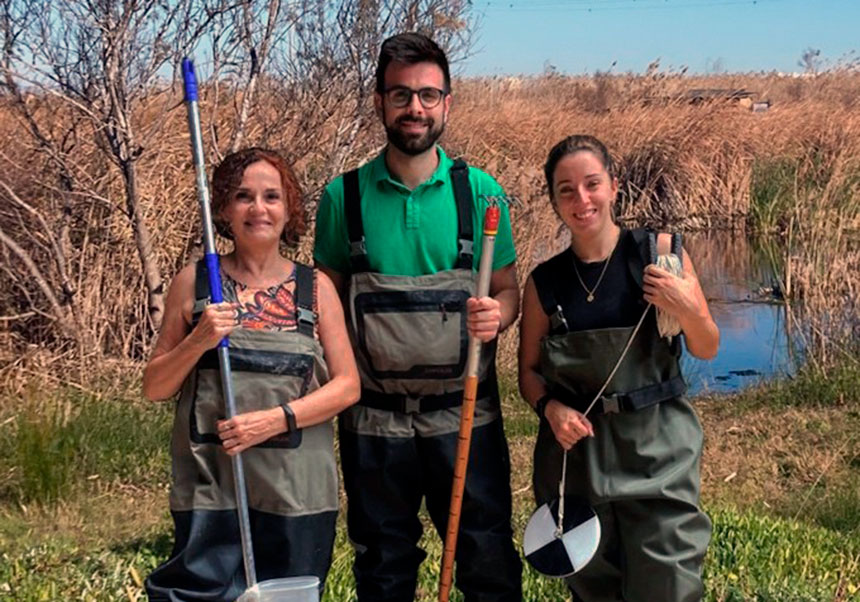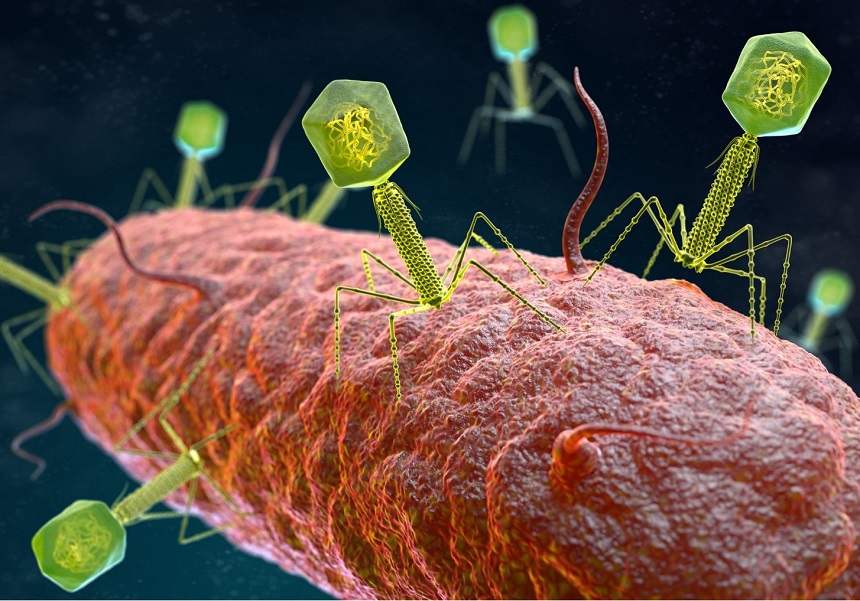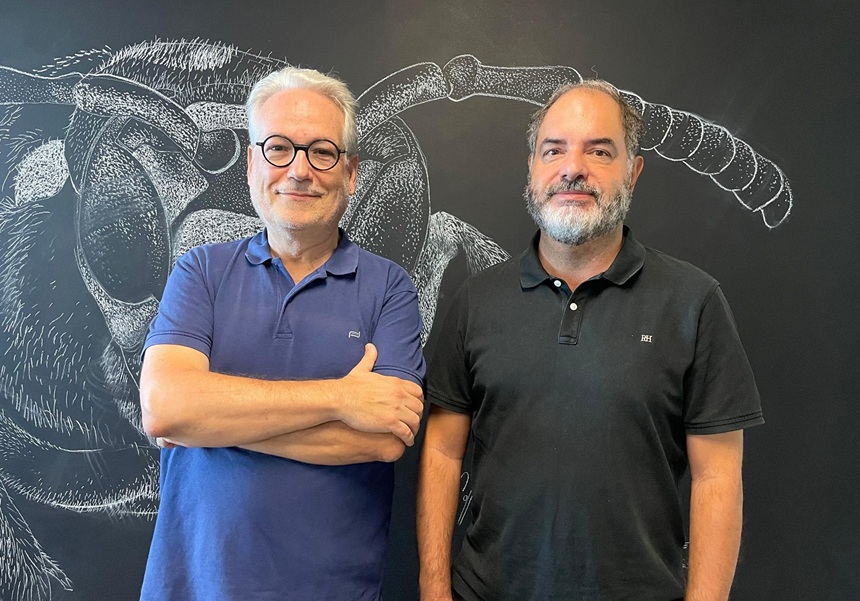Researchers investigate whether adverse experiences in childhood and adolescence alter the thalamus and predispose to schizophrenia
- Scientific Culture and Innovation Unit
- February 5th, 2025

Juan Nácher, professor in the Department of Cell Biology, Functional Biology and Physical Anthropology of the University of Valencia, is leading a study at the INCLIVA Health Research Institute (Clinical University Hospital of Valencia) analysing how adverse experiences during early life (childhood and adolescence) influence the thalamus (a key brain region for processing external information) and whether these alterations may be factors predisposing individuals to schizophrenia.
The project, Exploring the Impact of Early-Life Adversity on the Thalamus: A Translational and Multidisciplinary Approach, has received €600,000 in funding from the PROMETEO 2024 programme for research groups of excellence, granted by the Generalitat Valenciana. The project will be carried out over the next four years. The principal investigator, Juan Nácher, is also the coordinator of the Research Group in Psychiatry and Neurodegenerative Diseases at INCLIVA and a researcher with Group 23 at the Centre for Biomedical Research in the Mental Health Network (CIBERSAM) of the Carlos III Health Institute.
"Schizophrenia is a devastating psychiatric disorder with a very high incidence worldwide. Therefore, research into its causes and the search for new therapeutic and diagnostic tools is a priority. Schizophrenia is a multifactorial disease in which both genetic and environmental factors play important roles. Among environmental factors, experiencing adversity during early life, in childhood and adolescence, is one of the most significant risk factors for this disorder", explained Juan Nácher.
"Most schizophrenia research has traditionally been based on ‘broad’ perspectives, and there is an urgent need for circuit-based approaches that focus on well-identified brain regions, their connectivity and their physiology. The thalamus is a strong candidate for such targeted research because schizophrenia is characterised by alterations in both perceptual processing — such as hallucinations — and cognitive functions — such as working memory impairment — which probably reflect alterations in its structure, function and connectivity with other brain regions, particularly with the cerebral cortex", according to the University of Valencia researcher.
"In fact, there is strong evidence of thalamic alterations in patients with schizophrenia, based on neuroimaging and post-mortem data, but there are no multidisciplinary studies focusing solely on this region and integrating genetic, structural and functional data from clinical and preclinical sources", he added.
This study will use animal models of adverse experiences using transgenic mice, combining molecular, structural and connectivity analyses with super-resolution microscopy, behavioural testing and transcriptomics. Additionally, the thalamus of patients will be analysed using post-mortem tissue, and clinical studies will be conducted on living patients through psychological evaluations, blood expression analyses and assessments of olfactory neurons for genes relevant to thalamic function and plasticity, as well as DNA methylation analysis of candidate genes.
The project also aims to generate neurons from patients’ blood cells (induced pluripotent stem cells, iPSCs) and, in collaboration with the University of Eastern Finland, to develop thalamic organoids to study gene expression and connectivity. Structural and functional MRI neuroimaging data from patients will also be analysed to determine changes in different thalamic nuclei and their projection areas in the cerebral cortex. Finally, correlation analyses will be performed across all neuroimaging, gene expression, epigenetic and organoid data.
Categories: Investigació a la UV , Recerca, innovació i transferència , Facultat de Ciències Biològiques , Difusió i comunicació científica , Grups de recerca , Internacionalització recerca
















